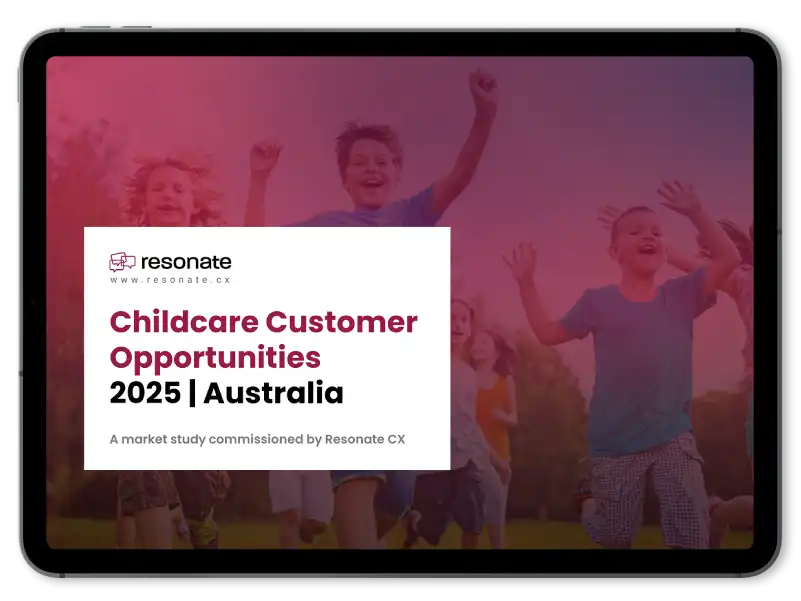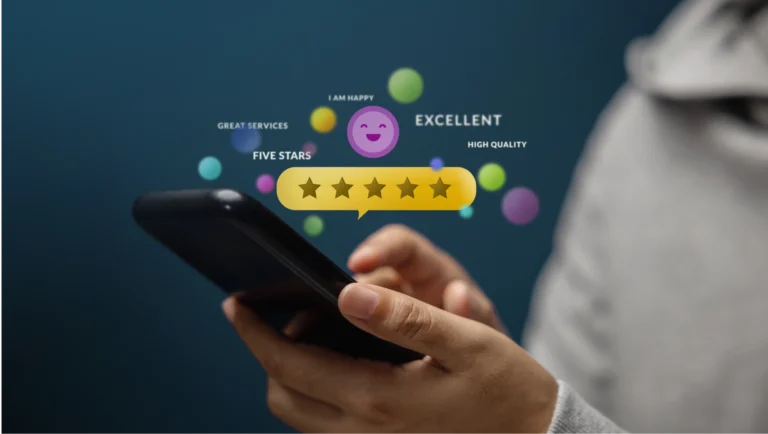Voice of the Customer (VoC) programs are fast becoming a staple for customer experience professionals seeking data to back strategic decision making. However, common Voice of the Customer mistakes can negatively impact your organisation’s customer experience.
Many corporate decision-makers believe they know their customers, but this is often not the case. Listening to and understanding your customer will set you on a path to success.
Customer expectations for a more valuable customer experience are growing. Understanding your customer’s needs through VoC and adapting to them is essential to remain competitive.
But what are the solutions to common mistakes made in VoC programs?
What is Voice of the Customer, and why is it important?
Voice of the Customer programs are listening-loops, critical to keeping on top of customer feedback. These programs ensure that the company has formal processes in place to listen to customers. VoC programs give customers a platform to have a say.
There are four stages to a successful VoC program,
- Listening (collecting customer data)
- Analysing (creating data insights)
- Sharing (distributing insights with the relevant team)
- Acting (taking action to close-the-loop)
While these may seem simple, there are common pitfalls that companies, even large ones, make while designing their CX programs. Not having the full picture is often more dangerous than ignorance. Even third-party NPS providers may find themselves fumbling when designing sharp VoC programs customised to a business.
Keep reading for solutions to 6 common mistakes made while designing Voice of the Customer programs.
Solutions to Voice of the Customer mistakes
1. Don’t lose sight of your end goal
The end goal is commonly overseen but it is vital to give clear direction for your program.
The ultimate success of your program depends on your understanding of what your end goal is.
What is the business need that this program is trying to address? Perhaps you are an online retailer with last-mile distribution issues. In which case, you need a Post-Delivery touchpoint program to guide you on revamped distribution and delivery.
You could be a childcare company that needs to reduce churn in the first three months of admission. You then need a 30/60 day Voice of the Customer program that helps you identify families that are likely to churn and help redeem the relationship.
These programs are very different, not just in terms of the timing but also the survey drivers. It would be best if you took care when designing drivers or ‘listening-posts’.
2. Start with what matters the most
What gets measured, gets accomplished. It is critical to have your top management on board while designing your VoC program. Managers need to understand that the feedback received is not an invitation to a ‘blame-game’. Instead, you will see the platform as fixing leaks and identifying systemic failures through ‘root-cause-analysis’.
Tying up customer feedback to the performance KPIs and assessments of managers can be problematic. It’s best to avoid this performance coupling early into the program. The focus remains on soliciting customer feedback and using this ‘outside-in’ data to best benefit the organisation.
3. Choose your channel wisely
We need to align ourselves as closely and seamlessly to the ‘touchpoint-of-experience’. A strong Voice of the Customer program may have different touch points across various channels to ensure we are available in the right channel for that touchpoint.
Customer complaints resolution may work best with an SMS-Text based survey. However, if you are trying to get feedback on the UX of a website, you may want to consider a pop-up survey on the website itself, rather than a far-removed channel from the touchpoint.
To avoid inundating the customer with Voice of the Customer surveys, you should also ensure smart ‘suppression’ parameters are in place.
4. Measure it correctly
There are several methodologies to collect data and analyse it.
A few forms of measurement include:
- Customer Satisfaction (CSAT)
- Customer Experience Score (CES)
You can read about the different measurements and when use them. These measurements are often complementary and can be used effectively in parallel to create a strong baseline for your program.
It’s always good to include a ‘Brand Advocacy’ NPS question along with at least one open-ended free-text question. The information captured with free-text is often invaluable and offers insights into what your customers are thinking. A robust Text Analytics solution helps bring out these themes effectively from your customer verbatim responses.
Using an NPS question is an effective way to measure organic growth as it gauges brand advocacy and customer loyalty.
5. Design it correctly and ask the right questions
Survey design is a crucial component of a strong and successful Voice of the Customer program.
The more VoC touchpoints you have, the more precise your survey design needs to be.
When measuring a particular touchpoint experience, try to avoid looking at other touchpoints at the same time.
Long surveys often have a higher drop-out rate. Tedious surveys will make it harder to reengage the customer the next time. Also, the drivers chosen need to be specific and ‘actionable’. Based on customer feedback, once we identify a recurring issue in your customer base, we need to utilise it for a better customer experience in the future. Broad questions often lead to insufficient and impractical data.
6. Closing-the-loop
Customers need to know that their feedback is valued and actioned. There are both external and internal loops to be closed.
- External Loop: Just acknowledging the customer feedback, particularly from your detractors, has a strong positive correlation to receiving future feedback. Customers appreciate the acknowledgement, and often future feedback is milder.
- Internal Loop: It is essential to use the data generated to analyse and strategise critical areas of improvement. Companies have finite resources and cannot boil the ocean when it comes to enhancements. The insights derived from a VoC program help companies select critical areas of improvement that will be the most impactful to enrich customer experience.
Overcoming Voice of the Customer mistakes: Where to next
A job begun is a job half done. While committing to a VoC program is good, you should be aware of the common pitfalls highlighted. Avoiding these mistakes will ensure the program you design is robust and meaningful. A powerful VoC program takes time and resource investments, but the benefits are boundless.
Are you unable to revamp your VoC program to get the insights you want? Let one of our team members help you in getting the most out of your VoC program.








